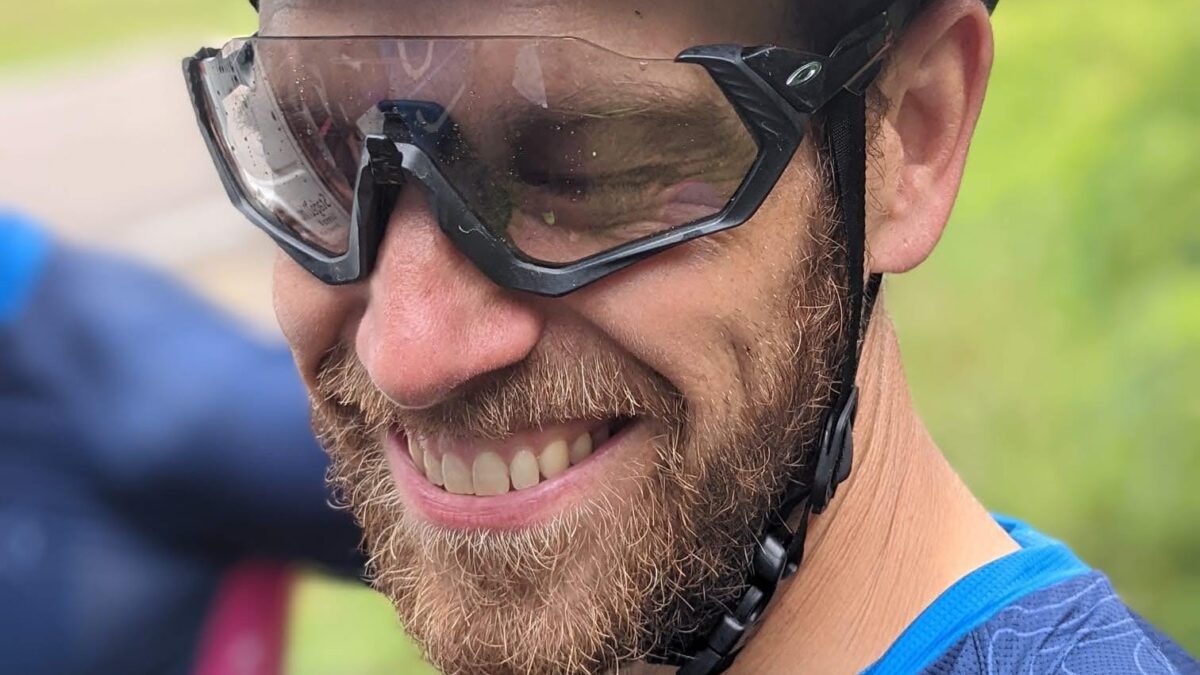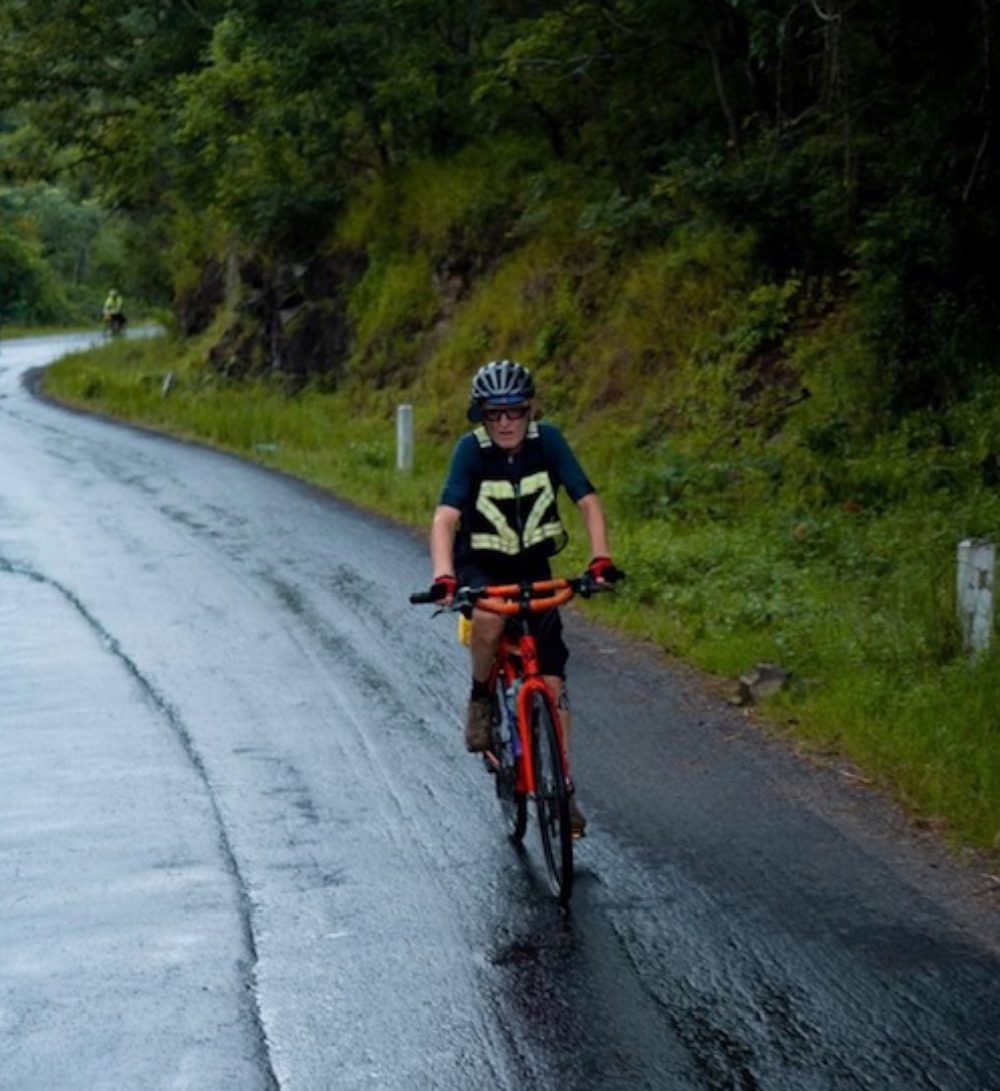What happened when I switched from an app to a coach
A conversation with Andrew Randell
 Photo by:
Marc Mazer
Photo by:
Marc Mazer
With the rubber about to hit the road, the question is will the training I’ve been doing hold up? I had started with an app, Trainer Road, and then switched to working with a coach. Andrew Randell moved into coaching after 13 years as a full-time racer. Could he help me improve so I could better withstand the rigours of a six-month hard ride? I was slow, sucked at climbing, quailed at headwinds and didn’t know how to manage rougher terrain.
When I began to work with Andrew early last year, he’d set up my weekly workouts on TrainingPeaks, which transferred to Zwift when I was indoors and to my Garmin head unit when I was outdoors. I generated a lot of numbers which I could interpret as much as the entrails of a chicken. I trusted Andrew knew what they meant and that the workouts would take me where I needed to go. Recently, I sat down with Andrew to chat about the coaching philosophy behind the program he’d set up for me.
My biggest mistake was training too hard
Tom: How did your racing career influence your coaching?
Andrew: For many years when I was racing I was self-coached. I began to learn a lot more from Mirek Mazur who coached me for a couple of years. After I finished racing, I opened The Cycling Gym with Steve Neal, who also taught me a lot, particularly the importance of the aerobic system. Your aerobic system is the base of the pyramid. If that base is solid, you’re able to do the work. The aerobic system is what underpins everything you do even when you go hard. The better your aerobic system, the better everything else will be.
My biggest mistake in racing was training too hard. It’s a common mistake. Running the gym was a good place to learn because you could actually see the data live of the people working out in front of you. You could see how they were reacting, their facial expressions, their breathing, stuff like that. I had immediate feedback on what the training was doing.
You quickly learn it’s not just about the wattage and the training program. That’s a small part of it. There is so much other stuff that slots into the mix. Mental approach. Fuelling. Consistency. If you chase the numbers too much, you just end up getting tired and you crack. Consistency over time is how you get improvements. There are times when you need to be extremely focused on the work, but you can’t be training, training, training all the time.
The cycling community is so focused on club rides and every hill is a place where you jam. One of the hardest things with the coaching is trying to unteach all these bad habits that people have.

The ultimate answer to training
Tom: When I started looking into training, my head started spinning from a lot of conflicting views. What’s your take on it?
Andrew: I think ultimately there is no one answer to training approach, say polarized or FTP based. Each plays its role at different times. It also depends on the athlete’s strengths and weaknesses. Like for you, you have pretty good aerobic base because you can go all day but then we figured out we needed to work on some of the more punchy stuff to build the strength side of things.
Tom: Do you think working with older riders or athletes who are doing the kind of rides I’m into, the months-long expedition treks, requires a different approach to the training? Do you work with any who are doing what I am?
Andrew: No, you’re extreme. But as to approach to training, yes and no. We obviously did something different with you. We focussed on the intensity to build strength. Mileage isn’t a problem, you can do that. But for most people coming from a traditional cycling background where they’ve been riding with their club for several years, they would probably need to go do some mileage.
I think the principal thing for an older rider is more recovery time. In this last block of work I had you do, going harder, I spaced out the rest a little more than I would do for someone younger. You still work to the best of your capacity. It’s not because you’re older you’re going to go easier. You’re still doing the best in your situation.

Cycling is an oxygen delivery sport
Tom: You’ve always been at me about breathing and eating enough. Why’s that?
Andrew: One thing Steve had us focusing on at the gym was breathing. Not many riders do a good job of it. Their breathing is too shallow. The quality of our breathing can be better. Cycling is an oxygen delivery sport; the more oxygen you can get to your body, the better you’re going to be.
You also have to think about nutrition. A better term is fuelling. A nutritionist clued me into this when I was racing full-time. I wasn’t getting enough calories in. I’d finish every ride tired and crushed for the afternoon. He got me into drinking a high-calorie drink, 300 calories in a bottle, every hour. It made a big difference. I wasn’t finishing every ride crushed and tired and it made the next day better.
So in your trip down to Panama, it’s going to be a big deal to get enough energy because it’s day after day after day.
Tom: Any final words of wisdom for me?
Andrew: The interesting thing with cycling, and it applies from a 30-second effort to the kind of thing you’re going to do, is that it’s all about pacing. If you spend the first days feeling good and put on a pace that’s too hard, you’ll end up tired and it’s early in the trip. Pacing is about knowing your body. The data is the data but ultimately you have to pay attention to the sensations you have.
